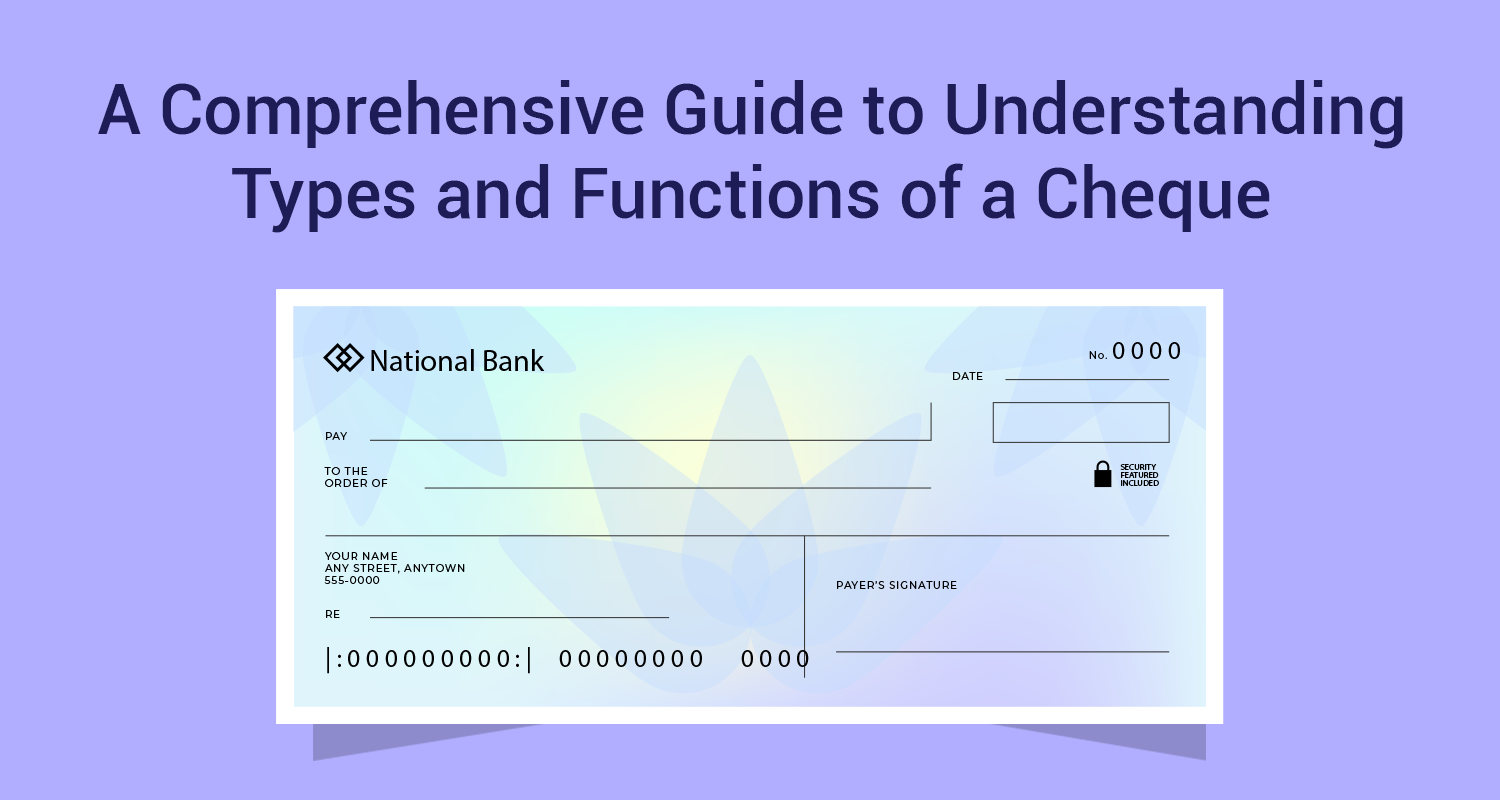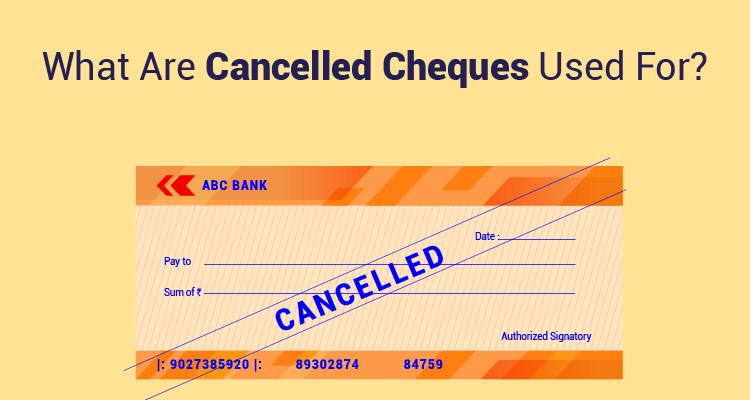How SIPs Help Investors to Buy Low and Sell High in Unpredictable Markets?

One of the best ways of making profits in equity markets is to buy low and sell high. For example, if you had purchased stocks at the market bottoms in 2002, 2009 or 2013 then you could have really made a fortune in the next few years. But that is where the real challenge comes in. Check this graphic below

It is very easy to say that buying on fear and selling on greed is the best thing to do. In reality, investors tend to buy on greed and sell on fear. Why does this happen? When the Nifty is at 27 times P/E, everybody on the street is telling you that "This time it is different". You tend to follow the herd mentality and end up buying at expensive valuations. Secondly, you sell at the bottom of the market believing that it is the end of the stock market. There would be more people selling at the market bottoms of 2002, 2009 and 2013 than buyers. So, what is the way out?
The answer lies in a systematic approachA systematic approach is adopting the logic of investing in tranches rather than investing in lump-sum. Instead of putting all your money in one shot, you just spread the investment over a longer period of time. It is popularly called a mutual fund SIP or systematic investment plan. In a SIP, you invest a fixed amount each month and then don't worry about whether you are catching the top or the bottom. In fact, catching the market tops and bottoms is neither feasible nor is it required. A mutual fund SIP can address this issue in the best possible way.
How exactly does a SIP work?Let us look at a comparison of how a SIP works vis-a-vis a lump-sum investment. Let us assume that the market has been volatile over a period of 18 months. How does it impact the payoff?
|
Lump Investment |
Monthly SIP Amount |
Fund NAV |
Units Allotted |
|
In a lump sum investment, the entire sum of Rs.1,80,000 will be invested at the opening NAV of Rs.15.50. Thus the lump-sum investor will get a total of 11,612.9032 units allotted in the fund. |
Rs.10,000 |
Rs.15.50 |
645.1613 |
|
Rs.10,000 |
Rs.15.85 |
630.9148 |
|
|
Rs.10,000 |
Rs.15.23 |
656.5988 |
|
|
Rs.10,000 |
Rs.14.35 |
696.8641 |
|
|
Rs.10,000 |
Rs.12.49 |
800.6405 |
|
|
Rs.10,000 |
Rs.13.34 |
749.6252 |
|
|
Rs.10,000 |
Rs.12.25 |
816.3265 |
|
|
Rs.10,000 |
Rs.11.27 |
887.3114 |
|
|
Rs.10,000 |
Rs.13.26 |
754.1478 |
|
|
Rs.10,000 |
Rs.12.85 |
778.2101 |
|
|
Rs.10,000 |
Rs.12.52 |
798.7220 |
|
|
Rs.10,000 |
Rs.13.68 |
730.9942 |
|
|
Rs.10,000 |
Rs.13.85 |
722.0217 |
|
|
Rs.10,000 |
Rs.14.85 |
673.4007 |
|
|
Rs.10,000 |
Rs.15.20 |
657.8947 |
|
|
|
Rs.10,000 |
Rs.15.62 |
640.2049 |
|
|
Rs.10,000 |
Rs.15.85 |
630.9148 |
|
|
Rs.10,000 |
Rs.16.10 |
621.1180 |
|
Value of Lump Sum |
Total Investment |
Average NAV Price |
Total Units allotted |
|
Rs.1,86,968 |
Rs.1,80,000 |
Rs.13.96 |
12,891.0715 units |
|
|
Value of SIP = Rs.2,07,546 |
|
|
The above table clearly highlights the advantage of a SIP. Had he invested the money in lump-sum, then the sum of Rs.1,80,000 would have grown to Rs.1,86,968 in a span of 18 months. That is an annualized return of just 2.56%. On the other hand, if you had allocated that money as a SIP over a period of 18 months, then the value of the investment would have grown to Rs.2,07,546. That is a healthy annualized yield of 17.75%. Now that looks like sheer magic! Just by converting a lump-sum investment into a SIP investment, you have managed to successfully convert 2.56% annual returns into 17.75% annual returns. Let us understand how SIP managed to catch tops and bottoms so successfully in the last 18 months.
How the SIP caught the tops and the bottoms of the market?Actually, the SIP did not make an attempt to catch the market tops and bottoms at all! What the SIP did was to smoothen the volatility of the market over time by buying in a phased manner. Here are 3 things that you must know.
- SIP is more about discipline. Over a longer period of time, markets are trending over short periods and volatile to directionless over longer periods. During such volatile markets, the SIP really benefits on dips by acquiring units at lower cost. That translates into a lower cost of acquisition as exhibited in the above instance.
- One of the in-built advantages of SIP is rupee cost averaging (RCA). When the NAV of the fund goes up, the value of your SIP gets enhanced. When the NAV of the fund goes down, you get more units. Over a longer period of time, time works better than timing.
- It is practically not possible to time the markets consistently. In fact, over longer periods of time, if you miss out the handful of best days and worst days, then you will do worse than a SIP. When catching bottoms consistently is not practical, SIP is a better option!
Disclaimer: The information contained in this post is for general information purposes only. IIFL Finance Limited (including its associates and affiliates) ("the Company") assumes no liability or responsibility for any errors or omissions in the contents of this post and under no circumstances shall the Company be liable for any damage, loss, injury or disappointment etc. suffered by any reader. All information in this post is provided "as is", with no guarantee of completeness, accuracy, timeliness or of the results etc. obtained from the use of this information, and without warranty of any kind, express or implied, including, but not limited to warranties of performance, merchantability and fitness for a particular purpose. Given the changing nature of laws, rules and regulations, there may be delays, omissions or inaccuracies in the information contained in this post. The information on this post is provided with the understanding that the Company is not herein engaged in rendering legal, accounting, tax, or other professional advice and services. As such, it should not be used as a substitute for consultation with professional accounting, tax, legal or other competent advisers. This post may contain views and opinions which are those of the authors and do not necessarily reflect the official policy or position of any other agency or organization. This post may also contain links to external websites that are not provided or maintained by or in any way affiliated with the Company and the Company does not guarantee the accuracy, relevance, timeliness, or completeness of any information on these external websites. Any/ all (Gold/ Personal/ Business) loan product specifications and information that maybe stated in this post are subject to change from time to time, readers are advised to reach out to the Company for current specifications of the said (Gold/ Personal/ Business) loan.



